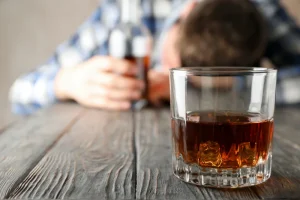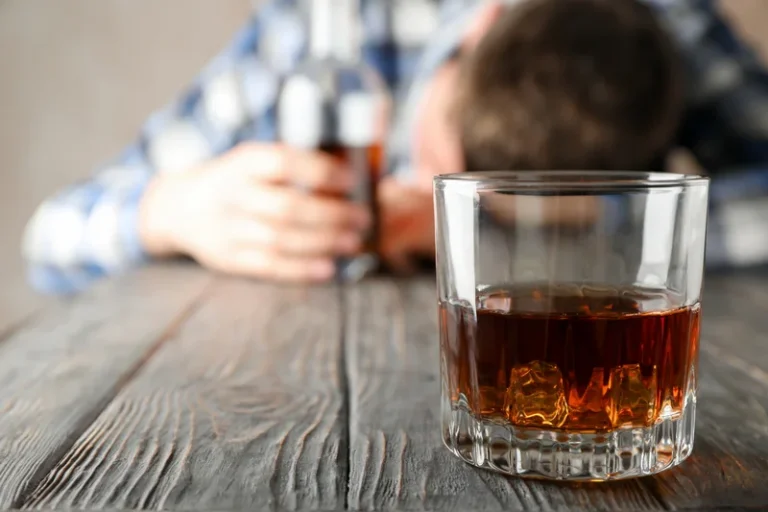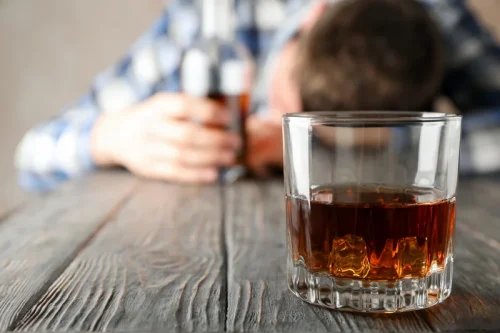
At this time, several THC-based drugs have been approved by the FDA to treat pain and nausea. Today, marijuana is classified by the federal government as a Schedule I substance, which means the drug presents a high risk for abuse and is deemed to have no medicinal uses. However, several states have legalized marijuana for adult recreational use, and 23 states as well as the District of Columbia allow use of medical marijuana to treat certain medical conditions.
How long is outpatient rehab for marijuana addiction?
- Many in the medical community, including researchers at the National Institutes of Health, consider such medication-assisted treatment to be the gold standard in addiction treatment.
- Food and Drug Administration (FDA), a drug must have well-defined and measurable ingredients consistent from one unit (such as a pill or injection) to the next.
They offer a safe space to practice the Oxford House skills learned in treatment, build peer support, and gradually transition back into independent living, reducing the risk of relapse. A strong support system provides emotional, practical, and social support, essential for sustaining recovery. Family, friends, and peers can offer encouragement, accountability, and assistance during challenging times, helping individuals stay committed to their sobriety goals. Educating loved ones about marijuana addiction and the recovery process is essential for building a supportive environment. When family and friends understand what the individual is going through, they can offer more informed and compassionate support.
How can I identify my triggers for marijuana use? #
However, there are also those who receive inpatient treatment to is weed addictive kickstart their recovery, knowing that the hands-on care and support is beneficial to their recovery maintenance. Get professional help from an online addiction and mental health counselor from BetterHelp. By implementing these methods, communities create a robust framework for preventing marijuana addiction, ultimately leading to healthier outcomes for individuals and society as a whole. The diagnosis of marijuana addiction involves a comprehensive evaluation that takes into account various factors such as clinical evaluation, self-assessment tools, adherence to DSM-5 criteria, patient history, and psychiatric assessment.
Group Therapy
- Behavioral signs encompass changes in actions and habits that reflect a problematic relationship with marijuana.
- Marijuana is a psychoactive drug derived from the Cannabis sativa plant, commonly known for its mind-altering effects, according to Urner AR et al.’s 2024 review titled “Marijuana,” published in StatPearls Journal.
- Psychiatric Assessment is an evaluation that assesses co-occurring mental health disorders that complicate cannabis use.
- NIDA states the FDA has not sanctioned any drugs to treat marijuana use disorder.
- Patient history involves gathering comprehensive background information about the patient’s cannabis use patterns, including frequency, duration, and context of use.
Join 40,000+ People Who Receive Our Newsletter Get valuable resources on addiction, recovery, wellness, and our treatments delivered directly to your inbox. Long-term marijuana use can also have a negative effect on the brain’s reward system and lead to physical dependence. Scientists are also reviewing the potential of a dietary supplement called N-acetylcysteine and FAAH inhibitors to lessen withdrawal symptoms.
Tips for Reducing Addiction Risk
Many people seeking support after rehab may find Narcotics Anonymous (NA) to be more accessible. Due to their highly structured and intensive approach, inpatient centers yield the highest rates of success for helping patients overcome their addictions. In 2019, there were 48.2 million Americans using it.1 The number of people using marijuana is also on the rise.
The importance of ongoing counseling after rehab
Providing access to mental health services and promoting coping strategies help individuals manage stress and emotional challenges without resorting to marijuana. However, chronic users or people who use daily suffer from marijuana abuse. A person is diagnosed with marijuana use disorder when their drug use becomes problematic. If you struggle to reduce use, experience cravings, prioritize marijuana over responsibilities, or notice withdrawal symptoms without it, you may have developed a psychological dependence or cannabis use disorder. Treatment options include detoxification, medications, and behavioral health therapies, such as cognitive behavioral therapy and contingency management.
Treatment options or “rehab” for marijuana addiction is similar to treatment programs and protocols for addiction to alcohol and other drugs. In addition to traditional behavioral therapies and medications, holistic and alternative therapies play a significant role in treating marijuana addiction. These approaches focus on healing the whole person—mind, body, and spirit—rather than just addressing the symptoms of addiction. Holistic therapies complement conventional treatments by promoting overall well-being, reducing stress, and enhancing individuals’ capacity to cope with challenges during recovery. This section explores various holistic and alternative therapies that can support recovery from marijuana addiction, including mindfulness and meditation, exercise and physical wellness, and nutritional counseling. Treatment for marijuana addiction is crucial for those who find themselves unable to control their use despite negative consequences.
Driving Under the Influence of Prescription Drugs

In these cases, you may need to consider reevaluating some of your relationships and places where you spend your time. Creating a new routine can also be helpful when you are quitting a substance such as marijuana. Keeping a routine during stressful times can be important for your mental well-being, but sticking to old habits (those that featured regular drug use) can make recovery much more difficult.

People whose substance use disorder involves marijuana often develop a dependency on the drug. Inpatient care is the most intensive type of marijuana addiction treatment available. People who abuse marijuana or have an addiction to marijuana can go to rehab. Marijuana rehab is also available for individuals struggling with withdrawal symptoms. Start by talking to your doctor or mental health professional about your treatment options.
How to Find a Treatment Center

Different strains of marijuana give different highs1, known as head or body highs. A head high is more conducive to focus while body highs offer a pronounced sense of relaxation. In 2020, of Americans aged 12 and https://ecosoberhouse.com/ up, roughly 14.2 million people (5.1%) had a cannabis use disorder. According to Sewell RA et al.’s 2009 study titled “The Effect of Cannabis Compared With Alcohol on Driving,” published in the American Journal of Addiction, nearly 88,000 alcohol-related overdose deaths occur annually in the U.S.. In contrast, marijuana has an extremely low risk of fatal overdose, requiring an impractically high amount to reach lethal levels.